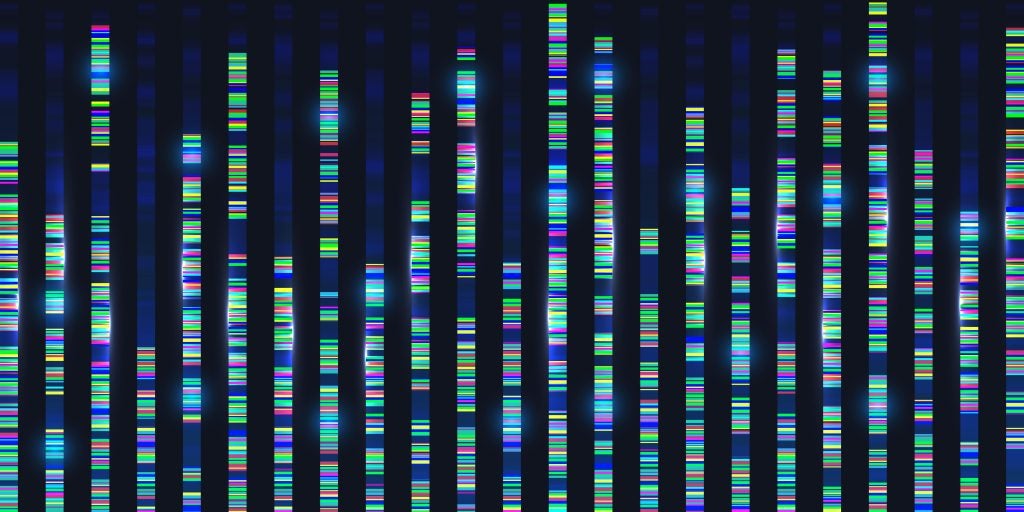
All roads lead to Rome, at least according to Johnson & Johnson (J&J) Innovation and Bristol Myers Squibb (BMS), who were amongst the investors in an oversubscribed Series B extension financing in Rome Therapeutics.
Joined by Eurofarma Ventures, Luma Group and Mirae Asset Capital, along with existing investors, including Sanofi Ventures and Section 32, the addition of the two pharma giants brought in $72m in the extension. This brings the total funds raised in the Series B round to $149m.
The Boston, US-based biotech was incubated by Google Ventures (GV), which remains an investor. The company aims to harness what is called the "dark genome" – the area of genetic code beyond traditional genes. This includes viral-like repetitive elements and non-coding sequences, though most of the function of this unexplored section of DNA is unknown.
The biotech is targeting early clinical trials for its LINE-1 reverse transcriptase (RT) inhibitor – a viral-like protein. This includes a Phase I study of the drug candidate to evaluate safety, dosing, and proof of mechanism tests.
Rome is planning to use its candidate to treat autoimmune conditions, where LINE-1 RT expression is said to trigger immune responses. By blocking the pathogenic inflammation of the protein, Rome aims to treat diseased cells while leaving healthy cells alone, so the response to infection is not compromised. The biotech has specifically highlighted the disease lupus as a potential indication due to the expression of LINE-1 RT.
Rome said it will also continue to research repeat elements in the dark genome and assess their roles in disease. It is using its platform to develop therapeutic options for oncology and neurodegeneration, as well as autoimmune diseases.
Rome president, CEO and co-founder Dr Rosana Kapeller said in a statement: “The capital from this raise enables us to progress our lead programme into clinical trials and advance our pipeline and platform — collectively demonstrating the ability to translate our unique understanding of the dark genome, specifically the viral-like elements within it, into transformative therapies.”
Cell & Gene Therapy coverage on Pharmaceutical Technology is supported by Cytiva.
Editorial content is independently produced and follows the highest standards of journalistic integrity. Topic sponsors are not involved in the creation of editorial content.









